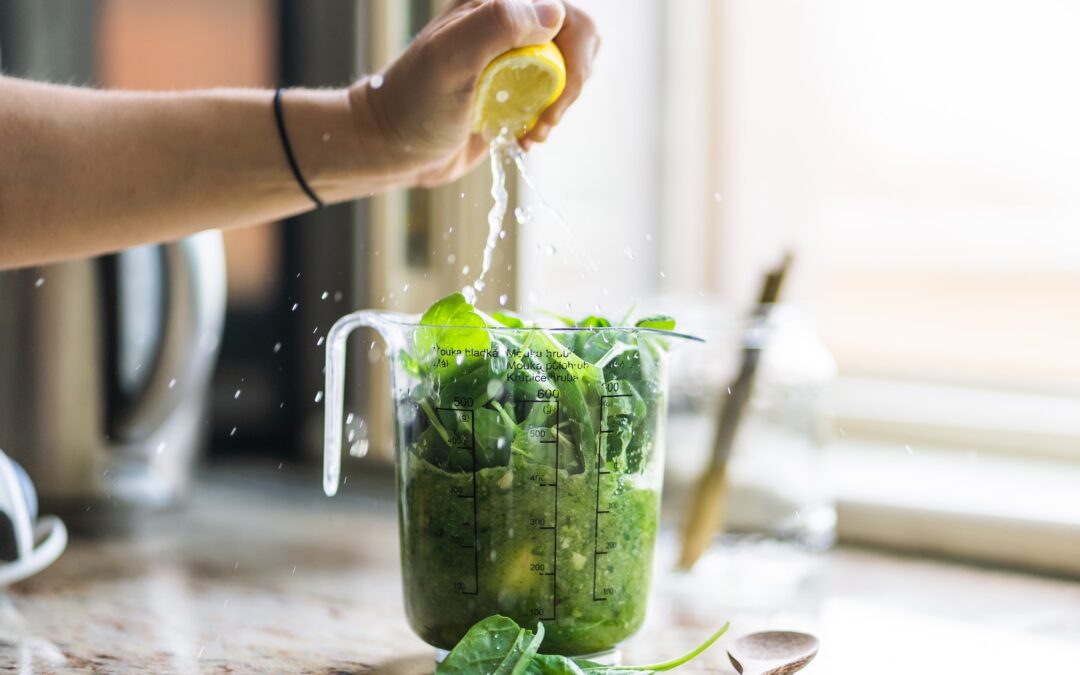Breakfast is something that I find many people struggle with … and that’s whether they know it or not!
These days, most people don’t make time to sit down and have a proper, leisurely breakfast. Not in the same way as you might do over the weekend or on holiday.
When I question people on why they’re not eating or having a decent breakfast, the most common reasons are:
- Lack of appetite
- Rushing to get ready
- Not enough time
- Eating on the go
- Having a bit of what the children are having
- Breakfast is a coffee!
- They don’t know what to have that’s healthy and quick
- Their focus is on work and breakfast is not a priority
- So stressed about the day ahead they can’t even think about breakfast
There is so much I could say on each of these reasons: like, if you don’t have time you need to set aside time for breakfast … Lack of appetite is often a sign of blood sugar issues and/or high-stress levels in the morning … etc.
But for today, I want to share how I help my clients make sure that they firstly have breakfast, and then secondly how to make a quick and easy, highly nutritious, balanced, filling and energising breakfast so that they sustain their energy and focus all the way through to lunch.
The answer is … smoothies!
The reason I love and highly recommend smoothies is for all the reasons above …they are quick, simple, nutritious, easy to make and easy to digest.
All you need is a blender, a good selection of ingredients to hand, a couple of good recipes for variety and then, once you’ve become familiar with making them, smoothies become something you can pull together in a matter of 5 minutes or less.
The caveat, however, is that the recipe and the ingredients need to be given some thought in order for your smoothie to fill you up properly and sustain your energy and focus.
Because, the opposite is also true; the wrong combination of ingredients could set you up for blood sugar crashes which will then negatively affect your ability to focus, your mood, anxiety/stress levels and appetite etc.
You need to think of your smoothie as a liquid meal rather than a ‘drink’, because that’s what you’re aiming for: a balanced, filling meal.
This means that you need to include all three macronutrients in your smoothie: protein, carbohydrates and fat.
People go wrong here because they usually only use fruit, salad and vegetable ingredients — all carbohydrates. They may include a little fat or protein in the form of yoghurt, but one spoonful of yoghurt is not going to make the smoothie a ‘meal’.
So, here are my go-to ingredients for each macronutrient. Note that some ingredients are a source of two macronutrients in one – protein and fat for example, so I’m listing them twice:
Protein
- Protein powder (dairy or plant-based)
- Tofu: I often use silken tofu in my smoothies
- Yoghurt: some low-fat yoghurts are very high in protein
- Cottage cheese
- Nut butter
Carbohydrates
- Fruit: frozen blueberries, frozen mango and/or fresh or frozen banana. I use frozen fruit because of its shelf-life, and you can keep it in bulk.
- Baby-leaf spinach
- Oats
Fat
- Nut butters: I personally like cashew because it’s smoother
- Avocado
- Yoghurt: I use coconut yoghurt
- Coconut oil
Of course, you can also supercharge your smoothie with additional nutrients by adding supplements, here is a list of my favourite supplements:
- Collagen powder: for skin, bone, joint, and muscle health
- Powdered greens: additional nutrients
- Acai berry powder: high levels of Vitamin C
- Maca root powder: for energy and a mood boost
- Slippery elm: to soothe the digestive tract
Then, you’ll need a liquid base. If you don’t have an issue with animal dairy then you may like to use regular milk, otherwise, use any non-dairy milk base to your preference. You can of course use water instead if you prefer.
For the quantity, I recommend approximately 1 pint — this is to make sure that you are having a filling meal. But if that sounds like too much for you, start off with at least a half-pint and work your way up to a pint if you can. The more protein and fat you have in the smoothie, the more filling it will be as well.
Another tip is to swish the smoothie around in your mouth a little to mix it with your saliva before swallowing, this is to aid digestion because you have specific, important enzymes in your saliva.
It hopefully goes without saying that all ingredients should ideally be organic to limit your exposure to chemicals and toxins.
I appreciate that fasting is very popular these days and lots of people may be skipping breakfast because of the fasting ‘window’ they’re eating around. However, I personally still believe breakfast is the most important meal of the day. Especially so for women and especially so for people who have a high pressured, high-stress role or lifestyle.
Breakfast, or the lack of it, really can have a huge impact on your mood, energy levels, focus, sleep and overall wellbeing.
Look out for next week’s blog where I’ll share my top 3 smoothie recipes with you!
As is shared at the beginning of this post, many people struggle with eating well when leading a busy lifestyle and it hugely impacts a person’s overall wellbeing – not just their weight but also their mood, energy levels and ability to focus. Over time this can also cause more long-term health issues due mostly to blood sugar issues and lack of nutrients. If you’d like some help and guidance around improving your diet and how to do that when you’re busy in such a way that is sustainable, contact us here to arrange a complimentary consultation.
Kate x


